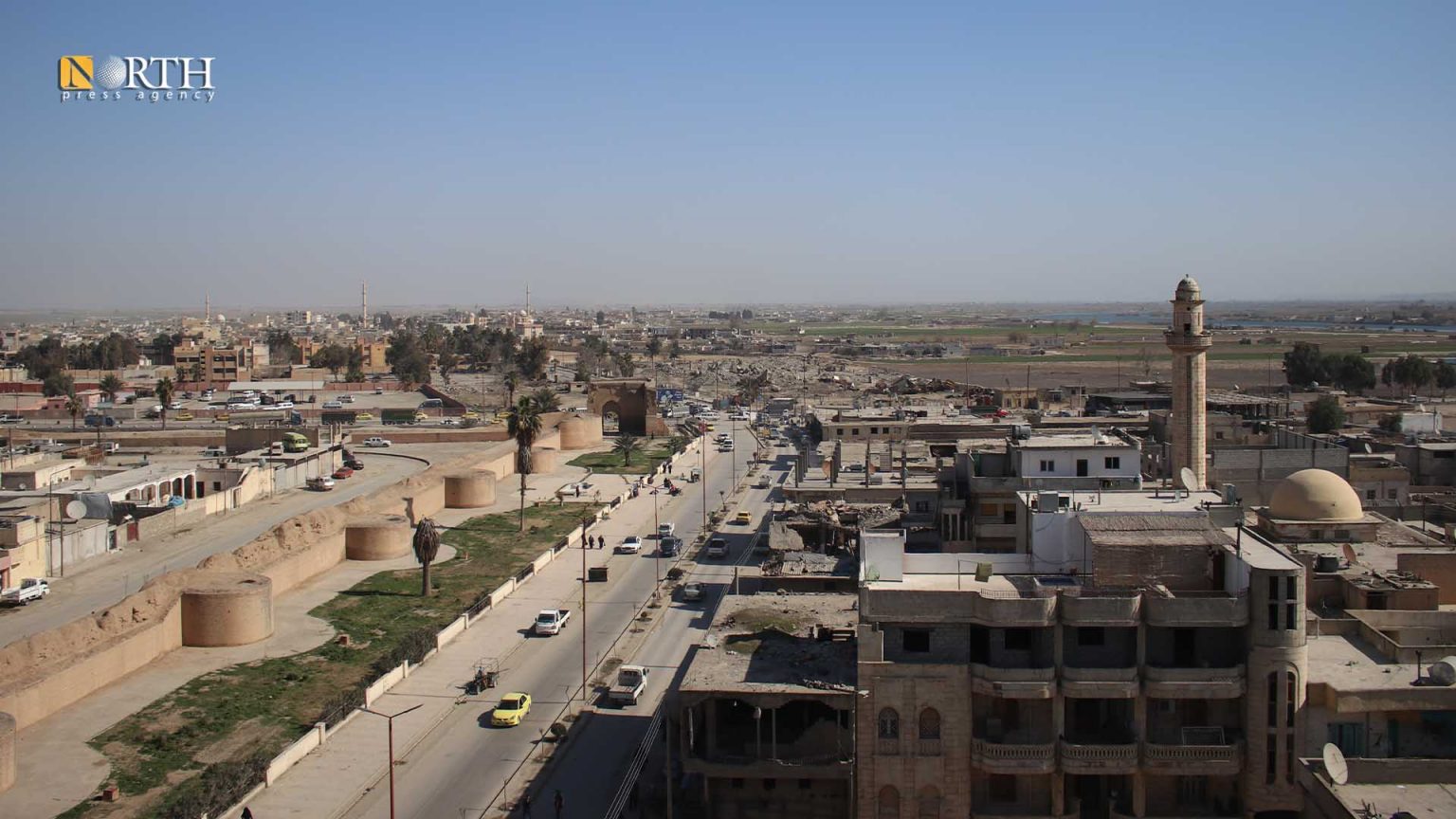QAMISHLI, Syria (North Press) – Health officials in the Autonomous Administration of Northeast Syria (AANES) believe that the stability of coronavirus infection rates, which have reached an all-time low during the current week, came as a result of months of lockdown measures, though future trends cannot be predicted.
On February 3, the AANES Health board completely lifted the lockdown in its areas, as life returned to normal after periods of partial and complete lockdowns that lasted for about ten months.
One infected case
The co-chair of the AANES Health Board, Jiwan Mustafa, said that the decision to lift the complete and partial lockdown in northeast Syria’s regions came as a result of the low rate of infections and deaths of coronavirus.
Mustafa said that making the decision to impose or lift the lockdown depends on the number of coronavirus infections and deaths.
On Monday, the AANES Health Board recorded one new coronavirus infection and one death in its areas.
The decrease in the number of infected cases came after rapid and strict measures at the crossings since the 27th of February of 2020, according to Mustafa.
However, in late October, infection rates began to rise, amid fears of health sector officials in the Autonomous Administration of an explosion of cases that the dilapidated health infrastructure in the region would not be able to handle.
According to the Health Board statistics in the Autonomous Administration, most of the deaths were elderly people, and the youngest case was a 32-year-old man who was suffering from chest issues.
Series of lockdowns
The AANES imposed lockdowns to confront the outbreak of coronavirus infections, since it didn’t have enough medical centers and hospitals to contain a large number of infected cases.
It started with a series of partial lockdowns followed by complete lockdowns, since all universities, schools, and kindergartens in the AANES areas were closed.
According to Mustafa, the number of infections in Derik declined by 32% in two weeks.
No prediction
The Kurdish Red Crescent runs an operations room that oversees communication with infected cases and conducting swabs before the infections are officially announced.
According to the new statistics on new cases of coronavirus in the Autonomous Administration regions, the number of infections has risen to 8,579, including 306 deaths and 1,236 recoveries.
Shirwan Beri, the co-director of the Kurdish Red Crescent, said that the work of testing room was reduced by 400% after the repeated imposition of partial lockdowns after the complete lockdown.
He added that they do not have any explanation for the decrease in the infected cases and cannot predict the increase in cases or their continued decline, but the partial closure after complete one has proven its effectiveness in reducing infection rates.
Both Jiwan Mustafa and Shirwan Beri do not rule out the repeated imposition of a partial lockdown in the event that infection rates increase.

